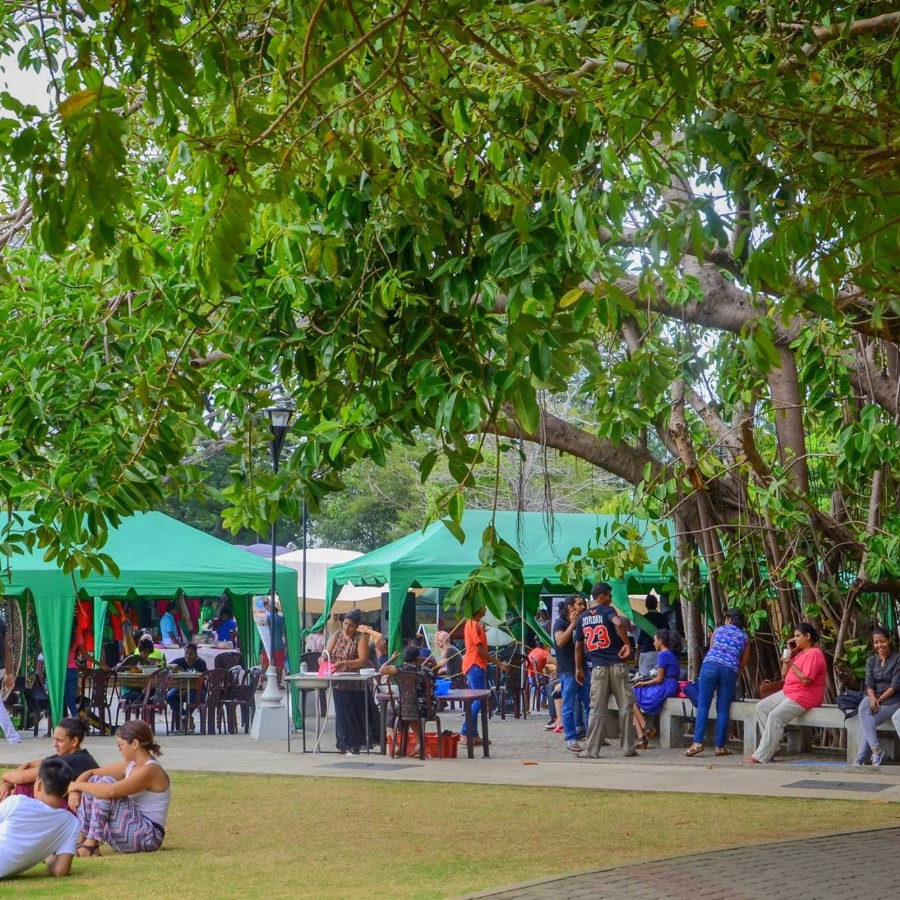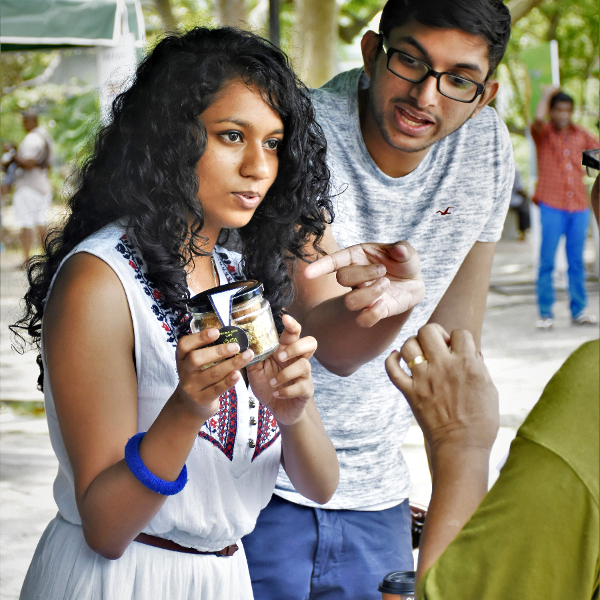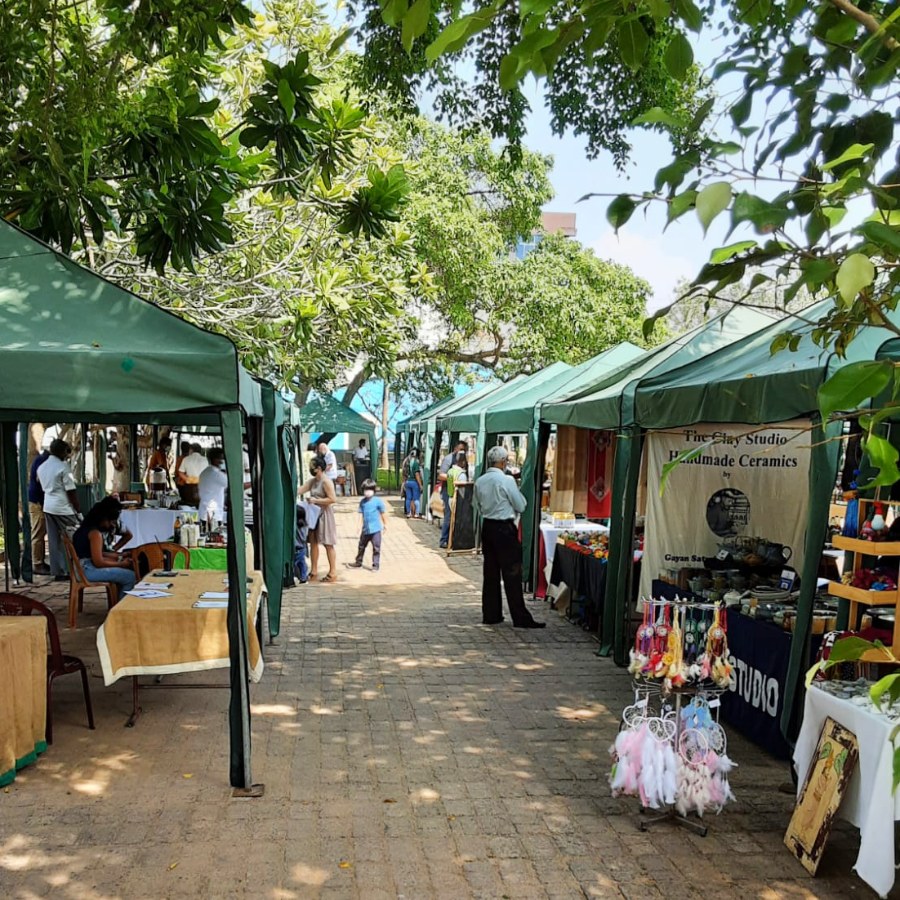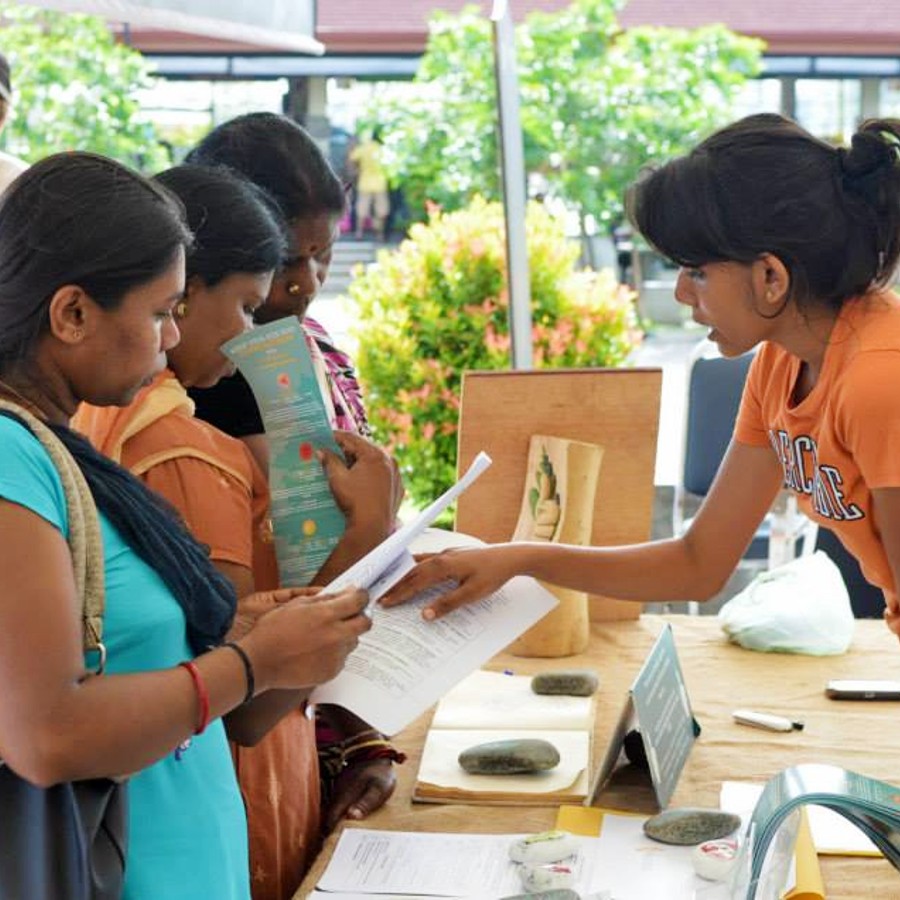Welcome to Good Market Lanka!
Click the logo to return to the Good Market app.
Welcome to Good Market Lanka! Click the logo to return to the Good Market app.
Good Market Info > Sri Lanka > Marketplace Events
Weekly marketplace events feature fresh organic fruits and vegetables, natural food and snacks, ethical fashion, toys, and housewares, non-toxic home and garden supplies, natural personal care products, live music, kids programs, and more from Good Market approved farmers, social enterprises, responsible businesses, and voluntary initiatives. Come out and show your support for the community!





Every Saturday from 9 am to 5 pm (rain or shine!) in the nuga tree car park at the Colombo Racecourse.
The following resources are available in this section:
Want to start a curated marketplace event in your area? Here are some considerations. If you have additional questions, check out the resources in this section or get in touch.
Minimal Startup Costs
Good Market events were started with no external funding or investment. Vendors pre-paid for stalls for 4 weeks, and those funds were used to pay for the venue, electricity, and other logistics. All equipment was rented.
Incubator Services
A weekly event provides an ideal incubator space for startups and small-scale farmer and artisans. It is particularly popular with women entrepreneurs because it provides them with flexibility to work around family commitments. Many new initiatives that started at the event have gone on to open their own outlets, secure international orders, hire staff, purchase assets, and expand production facilities. The event is also great way for established enterprises to launch a new product or service or get customer feedback.
Community Building
A physical marketplace helps build trust and relationships between producers and consumers. It also strengthens connections between the participating vendors. Many vendors now supply other Good Market community members based on relationships that started at the Good Market.
Public Awareness
A marketplace event with food, music, and entertainment can draw people of many different ages and backgrounds. It pulls a crowd and creates an opportunity to raise awareness about issues like zero waste, organic, home gardening, fair trade, ethical fashion, social entrepreneurship, etc. Vendors have a chance to share the stories behind their products and services. It is very common for regular visitors to become inspired and submit an application for their own initiative.
Curation and Capacity Building
The primary reason that the Good Market events have been successful is that they have been closely curated. Participating vendors have to meet minimum standards, and the team spends most of their time meeting with vendors to help them improve and raise their standards. It is much easier to start with basic curation standards than to introduce them later. Once a market is started, it is possible to work with all vendors to raise the minimum standards together.
Self Financing
Operating on a self-financing basis is critical for sustainability and credibility. It pushes the team to find creative ways to operate within actual resource constraints. Directly supporting a market initiative with grant aid is distorting and rarely sustainable. When the donor funding stops, the activity stops. Financing a curated marketplace through sponsorship is similarly problematic because it raises concerns about corporate influence and the credibility of the curation process.
Event Frequency and Consistency
The event needs to operate on a weekly basis in order to provide incubator opportunities for farmers with fresh produce. A weekly market with fresh produce and other perishable products, pulls a consistent crowd of customers. Once the market days and times are fixed, consistency and key. Customers are able to include the event in their weekly calendar without checking to see whether it is happening. Vendors are able to make plans and invest to develop their business.
Venue Selection
The ideal venue is an attractive, central location with access to public transport and parking. In order for an event to serve as an incubator for startups and small-scale producers, the costs need to be kept as low as possible. This is easiest if the event venue is provided for free or on a variable-cost basis. Variable cost means that the price adjusts depending on the number of stalls per week. A high fixed-cost venue fee may be difficult to cover during certain seasons when participation is low.
Pre-Payment
It is very difficult to collect receivables after an event. Having a consistent pre-payment policy reduces the administration cost of payment collection and frees up time for other services. Vendors know that if they do not make a payment by a certain deadline they will not have a stall at the event. Pre-payment policies also minimize the cash flow issues associated with receivables. In order to avoid politics, conflict, and miscommunication, the pre-payment policy must be enforced consistently with no exceptions.
Market Mix
Market mix is critical for drawing a diverse and consistent crowd. This means including an adequate number of “crowd-puller” stalls that have ready-to-eat food, perishable products, and unusual options that are not available elsewhere. In addition to the normal curation process, it may be necessary to curate by product category, for example, by maintaining a 2-3 stall limit for a particular product category. A market with a high percent of stalls selling the same type of product is less attractive for customers and less beneficial for vendors. It is important that this is handled transparently. For example, priority could be given to higher level vendors with greater social or environmental impact.
Market Layout
There is a tendency to divide the market by product category and put vendors with the same type of product next to each other, but this does not benefit all vendors or the overall market experience. It is best to space out the “crowd-puller” stalls that have fresh produce and ready to eat food. While walking to these stalls, regular customers will walk past stalls with products and stories that they might not have otherwise been exposed to.
Consistent Rules
Event rules are shared with each new vendor. The purpose of the event rules is to ensure that the event is sustainable, community members and other vendors have a positive experience, and good relationships are maintained with the venue. It is very important that the reason for each rule is clearly explained and that the rules are clearly and consistently enforced. If vendors feel that the rules are arbitrary or unfair, it will create internal politics and tensions.
Transparent Costs
Good Market charges based on stall area because it minimizes administration requirements and ensures that the pricing is seen as fair and consistent. The same rates are applied for all vendors. If a not-for-profit initiative has a difficulty covering the cost, they are encouraged to take a half stall, share a space with another vendor, or reserve a space in the community entertainment area with no canopy cover.
Impact Monitoring
In an open, outdoor marketplace where all transactions happen directly between vendors and customers, it can be difficult to capture data for impact monitoring. Good Market uses two proxy metrics that makes it possible to compare week to week. First, customer counts are conducted at the same time and place for each event. These counts are used to estimate the total number of customers that visited the market that day. Second, vendors submit an anonymous stall sales report at the end of each market. The form includes the date, their product category, their total sales for the day, and a space for other feedback or comments.